XAVIER OLIVER'S WEB PAGE

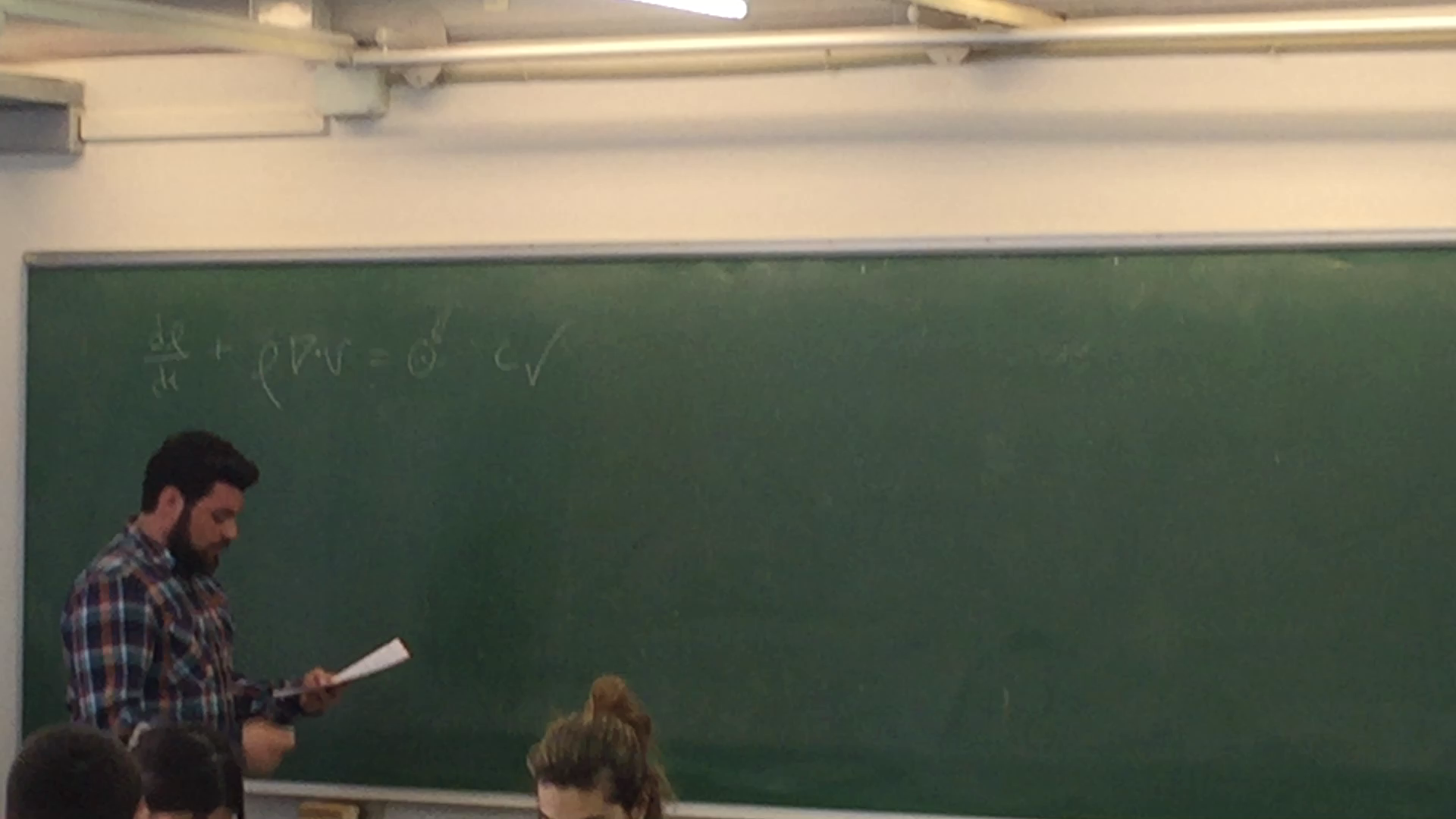
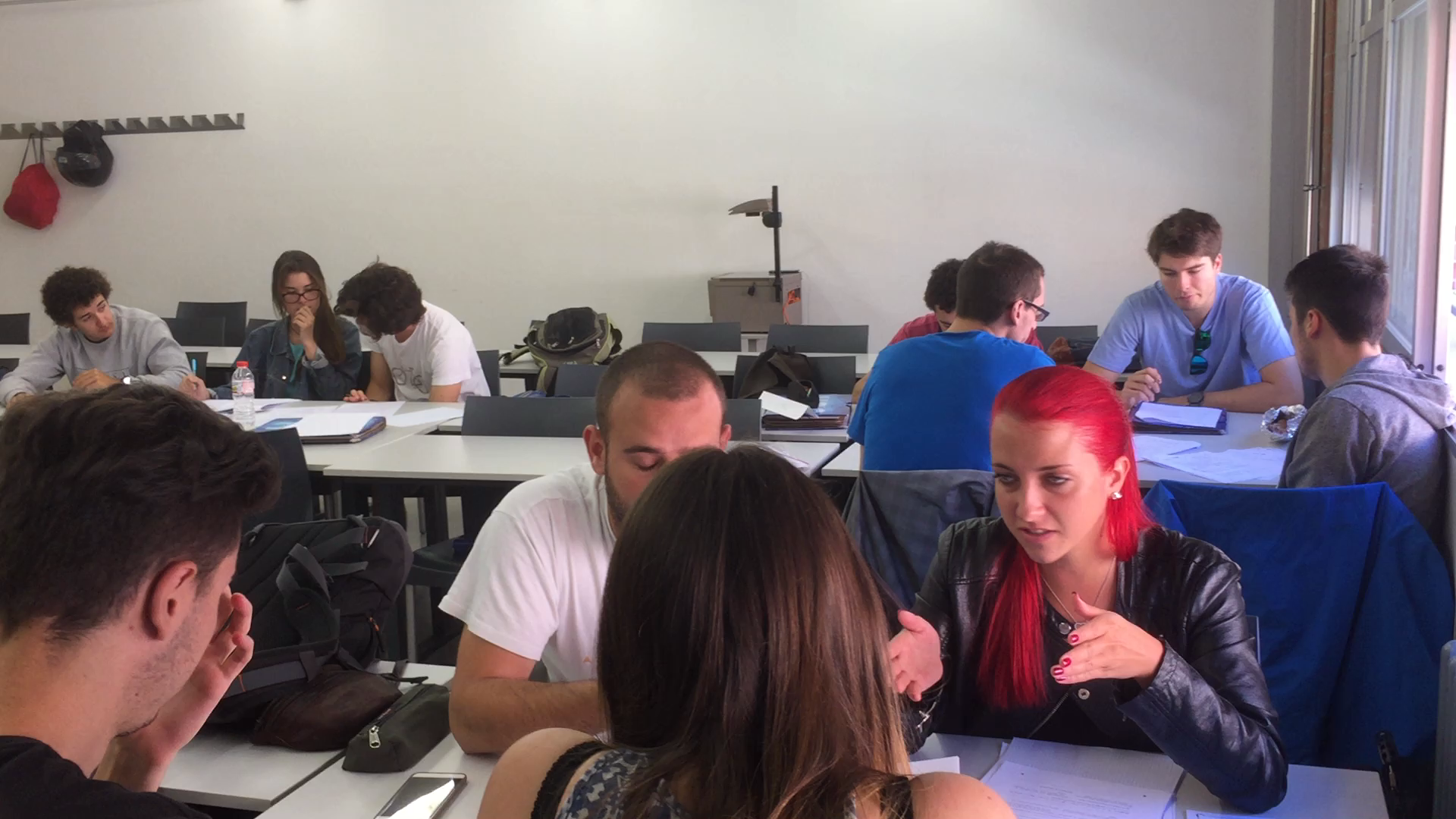

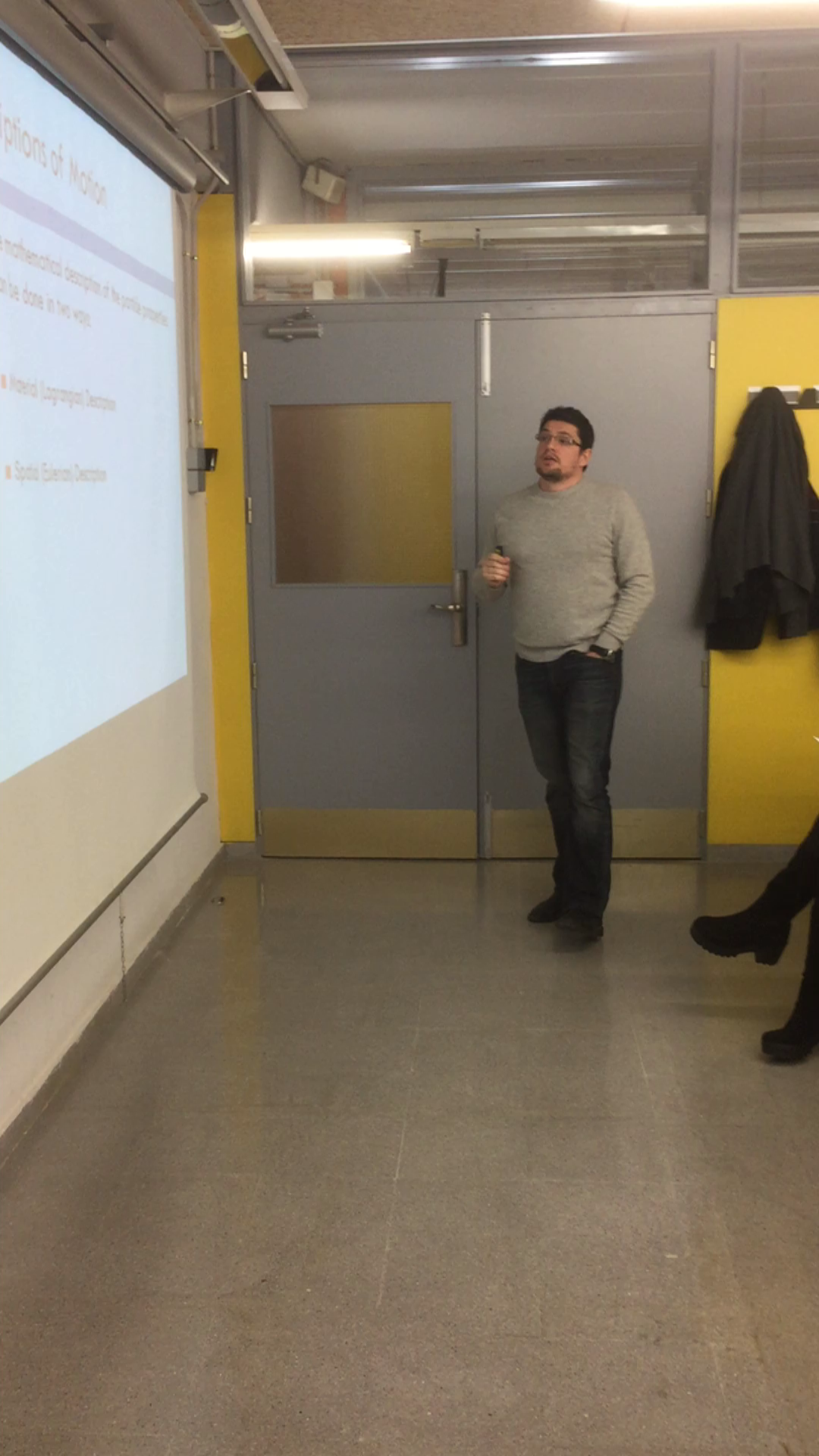
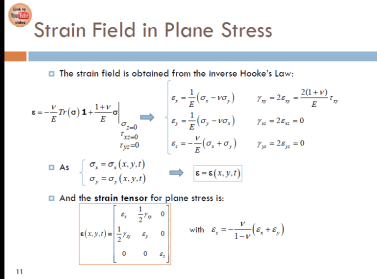
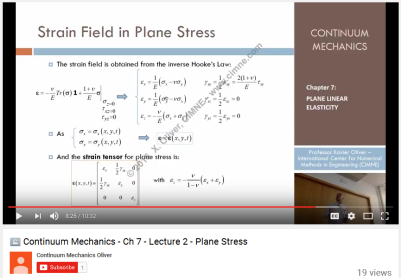
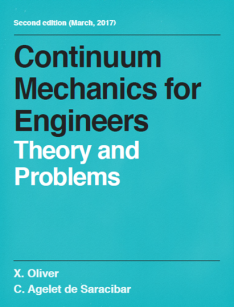
FLIPPED CLASSROOM
E.T.S d’Enginyers de Camins, Canals i Ports de Barcelona (ETSECCPB) Technical University of Catalonia (Barcelona Tech), Campus Nord UPC, Modul C-1, c/ Jordi Girona 1-3, 08034 Barcelona, Spain
Figure 3:Team resolution of the representative exercises with teacher’s guidance (left). Students volunteering to solve the assigned exercise at the blackboard (right).
Figure 2: In-class dynamics. Team discussion (left), summary report (middle) and teacher's explanation (right).
Figure 1: Generated course material for the flipped classroom project. Course slides with YouTube links (left), YouTube videos (middle) and course book (right)
A continuous evaluation system is adopted consisting in 4 test exams which confer the exam’s mark. Such exam’s mark is to be modified at the end of the course with the student’s participation in order to obtain the final mark of the subject. A rehearsal exam is schedduled one session before each partial exam in order to allow the student to be familiar with the main evaluation system.
3 - PRELIMINARY ASSESMENT OF THE TEACHING QUALITY AND CONCLUDING REMARKS
The flipped classroom project is still in its infancy and a more conclusive assessment is planned after its second year of implementation. However, a number of conclusions can be drawn that summarize the student’s experience and performance during two consecutive semesters involving master and bachelor degrees, respectively.
1) The performance and acquired degree of those students who followed the method and participated in class is higher than that of those students who followed the standard master class method.
2) The level of satisfaction and involvement shown by the students is higher than with a master class method and this influences the class attendance.
3) In general lines the teacher’s perception of the students during the flipped classroom methodology correlates well with the degrees obtained in the exams.
4) Students who followed the methodology feel in general well prepared for the written exams and find such exams adequate in terms of the demanded level.
5) Students found this methodology hard to follow around the first month of the course. They generally claimed that it took too much time for them to prepare the off-class lectures. This tendency was progressively inverted during the course and most of the students agreed that they gained substantial efficiency when preparing the subject given the different available ways to prepare it (course book, videos and slides). 6) The student gains self-confidence with the subject from an early stage due to the close contact with the teacher and the rest of the students, this being an extra motivation to perform well during the in-class dynamics.
7) There is a major agreement within the students that the new teaching methodology is better suited for them since it is keeping them active and simulates situations that will be encountered in their professional lives (team working, necessary communication skills, problem solving, discussing and agreeing within group decisions).
BIBLIOGRAPHY
[1] B. Kerr, “The flipped classroom in engineering education: A survey of the research”, Interactive Collaborative Learning (ICL), 2015 International Conference on, Florence, 2015, pp. 815-818.
[2] G.S. Mason, T.R. Shuman and K.E. Cook, “Comparing the Effectiveness of an Inverted Classroom to a Traditional Classroom in an Upper-Division Engineering Course”, IEEE Trans on Education, 2013, pp 1-6.
[3] N.K. Pang and T.K. Yap, “The flipped classroom experience”, IEEE, pp.39-43, 2014.
[4] R. Bailey, and M. Smith, “Implementation and assessment of a blended learning environment as an approach to better engage students in a large systems design course,” in Proc. ASEE Annu. Conf. Expo., Jun 2013.
[5] J.-P. de la Croix, and M. Egerstedt, “Flipping the controls clasroom around a MOOC,” in Proc. ACC Annu. Conf., Jun 2014.
[6] J. Tague, and G.R. Baker, “Flipping the classroom to address cognitive obstacles,” in Proc. ASEE Annu. Conf. Expo., Jun 2014.
[7] J. Marks, K.J. Ketchman, and D.R. Riley “Understanding the benefits of the flipped classroom in the context of sustainable engineering,” in Proc. ASEE Annu. Conf. Expo., Jun 2014.
[8] R. Gullayanon. "Flipping an engineering mathematics classroom for a large undergraduate class." In Teaching, Assessment and Learning (TALE), 2014 International Conference on, pp. 409-412. IEEE, 2014.
[9] S. Zappe, R. Leicht, J. Messner, T. Litzinger, and H.W. Lee, “’Flipping’ the Classroom to Explore Active Learning in a Large Undergraduate Course,” Proceedings, American Society for Engineering Education Annual Conference & Exhibition, 2009.
[10] R. Toto, and H. Nguyen, “Flipping the Work Design in an Industrial Engineering Course,” Proceedings, 39th ASEE/IEEE Frontiers in Education Conference, 2009.
3 - PRELIMINARY ASSESMENT OF THE TEACHING QUALITY AND CONCLUDING REMARKS
The flipped classroom project is still in its infancy and a more conclusive assessment is planned after its second year of implementation. However, a number of conclusions can be drawn that summarize the student’s experience and performance during two consecutive semesters involving master and bachelor degrees, respectively.
1) The performance and acquired degree of those students who followed the method and participated in class is higher than that of those students who followed the standard master class method.
2) The level of satisfaction and involvement shown by the students is higher than with a master class method and this influences the class attendance.
3) In general lines the teacher’s perception of the students during the flipped classroom methodology correlates well with the degrees obtained in the exams.
4) Students who followed the methodology feel in general well prepared for the written exams and find such exams adequate in terms of the demanded level.
5) Students found this methodology hard to follow around the first month of the course. They generally claimed that it took too much time for them to prepare the off-class lectures. This tendency was progressively inverted during the course and most of the students agreed that they gained substantial efficiency when preparing the subject given the different available ways to prepare it (course book, videos and slides). 6) The student gains self-confidence with the subject from an early stage due to the close contact with the teacher and the rest of the students, this being an extra motivation to perform well during the in-class dynamics.
7) There is a major agreement within the students that the new teaching methodology is better suited for them since it is keeping them active and simulates situations that will be encountered in their professional lives (team working, necessary communication skills, problem solving, discussing and agreeing within group decisions).
BIBLIOGRAPHY
[1] B. Kerr, “The flipped classroom in engineering education: A survey of the research”, Interactive Collaborative Learning (ICL), 2015 International Conference on, Florence, 2015, pp. 815-818.
[2] G.S. Mason, T.R. Shuman and K.E. Cook, “Comparing the Effectiveness of an Inverted Classroom to a Traditional Classroom in an Upper-Division Engineering Course”, IEEE Trans on Education, 2013, pp 1-6.
[3] N.K. Pang and T.K. Yap, “The flipped classroom experience”, IEEE, pp.39-43, 2014.
[4] R. Bailey, and M. Smith, “Implementation and assessment of a blended learning environment as an approach to better engage students in a large systems design course,” in Proc. ASEE Annu. Conf. Expo., Jun 2013.
[5] J.-P. de la Croix, and M. Egerstedt, “Flipping the controls clasroom around a MOOC,” in Proc. ACC Annu. Conf., Jun 2014.
[6] J. Tague, and G.R. Baker, “Flipping the classroom to address cognitive obstacles,” in Proc. ASEE Annu. Conf. Expo., Jun 2014.
[7] J. Marks, K.J. Ketchman, and D.R. Riley “Understanding the benefits of the flipped classroom in the context of sustainable engineering,” in Proc. ASEE Annu. Conf. Expo., Jun 2014.
[8] R. Gullayanon. "Flipping an engineering mathematics classroom for a large undergraduate class." In Teaching, Assessment and Learning (TALE), 2014 International Conference on, pp. 409-412. IEEE, 2014.
[9] S. Zappe, R. Leicht, J. Messner, T. Litzinger, and H.W. Lee, “’Flipping’ the Classroom to Explore Active Learning in a Large Undergraduate Course,” Proceedings, American Society for Engineering Education Annual Conference & Exhibition, 2009.
[10] R. Toto, and H. Nguyen, “Flipping the Work Design in an Industrial Engineering Course,” Proceedings, 39th ASEE/IEEE Frontiers in Education Conference, 2009.
The rest of the flipped class is dedicated to solve theory quizzes and exercises devoted to consolidate the assigned theoretical content. All exercises are solved in teams and the teacher dedicates this part to clarify doubts and assess the group performance by giving personalized assistance to each group. Volunteers are asked to present the solution to the rest of the students and their performance is evaluated by the teacher in terms of perception mark. The rest of the students (including the teacher) listen and ask questions in order to clarify the explanation. The class is open for discussion if other teams do not agree with the resolution and, with the help of the teacher, a unified correct solution to the exercise is found. This type of dynamics are specially positive during the so called checkpoint sessions in which no theoretical content is assigned but only a number of representative exercises are solved in-class and prepared by the student off-class (cf. Figure 3).
The course Web site is utilized to distribute all material among students and indicate the content that is scheduled for the following day. In this way the student can receive the master class on-line in a very flexible fashion and dedicating only the necessary amount of time to it. The student is requested to fill in a short questionnaire (Today’s five questions ‘TFQ’) in which the best and worst understood aspects need to be indicated as well as potential aspects that could be improved from the teaching material or possible lacks of background that interfere with the correct preparation of the master class. The flipped classroom (in-class) dynamics lasts 2 hours per session and starts by grouping the students in groups of four. Around 15’ are devoted to let them discuss and find an agreement concerning the TFQ questionnaire. It should be pointed out that a total number of 35 students were tested with this method and it is not recommended to implement it in larger groups since it would not be effective. After the discussion a team volunteer is in charge to summarize the TFQ to the teacher. Such participation in the class dynamics is valued by the teacher and this positively impacts the so called student’s perception mark. After collecting all doubts and impressions the teacher dedicates some time (which should not exceed 30 minutes) to make a summary of the part of the lecture that was not well understood or complement the assigned theoretical content with extra background content that was missing within the students. This is the only part of the in-class lecture that resembles the classical master class (cf. Figure 2).
1 - MOTIVATION AND PREVIOUS EXPERIENCES
The flipped classroom consists in reversing the standard (masterclass) pedagogical system in which the student attends 'passively' the lectures and performs the necessary studying at home. In a flipped classroom environment, the student receives the theoretical lectures at home through the available off-class material (videos, course books and slides) and attends the lectures (in-class) in an active and participating group dynamics environment where the assigned theoretical content is consolidated by problem solving, theory quizzes and other social engaging activities. In this contribution the focus is placed to flipped classroom strategies for engineering studies. According to the survey presented in [2] this new teaching methodology is progressively gaining momentum in engineering education. Preliminary assessments of the results provided by flipped classroom teaching in several engineering disciplines provide diverse results in terms of engaging, satisfaction and overall qualifications. A number of surveys have been carried out recently in [1] involving student perception and performance. In all cases the reported student's satisfaction level is at least moderate, being very satisfactory according to the reported results in [3]-[7] concerning engineering related disciplines such as software engineering, systems design and robotics. The results of a flipped classroom implementation in multivariable calculus, architecture, and industrial engineering [8]-[10] show a les homogeneous reaction from the tested students. In fact, one important issue to bear in mind is that there is no standard way to implement a flipped classroom lecture. It highly depends on the type of subject, the available educational material and the adopted in-class dynamics.
Nevertheless, a common result of a flipped classroom implementation is that the 'distance' between the teacher and the student is reduced. In other words, there is a closer and more constructive relation between both which leads to a more relaxing and productive working environment. Students obtain immediate feedback about their knowledge during the class dynamics this improving their confidence which, in turn, stimulates in-class participation and increases their motivation. Learning obstacles and lack of necessary background can be immediately detected and corrected in time before a potential drop of motivation.
All these experiences have motivated the present approach for the Continuum Mechanics course for civil engineers which is envisaged to increase the teaching quality and guarantee the acquisition of highly demanded qualities for engineers in the profession life such as excellent communication skills, team working capabilities and confident problem solving.
2 - CONTINUUM MECHANICS FLIPPED CLASSROOM
The Continuum Mechanics course for civil engineers given at the UPC – Barcelona tech has been taught in a master class fashion for more than 30 years. The course involves fundamentals of the description of motion, strain and stress concepts, an introduction to balance principles and an overview of solid and fluid mechanics. Within the solid mechanics part, the fundamentals of elasticity theory and a brief introduction to plasticity are given. The master class teaching method is planned for around 100 hours of in-class activities, e.g. theory and practices, and around 126 hours are estimated for individual study. A course book and a number of exercises have been published around 20 years ago and confer a solid background over which the master classes were based through a number of slides that synthetize its content. Migration to a flipped classroom method started by conferring a number of videos corresponding to master the class given in previous courses. These videos were divided in short video units, i.e. with length lower than 15 minutes, and uploaded in You Tube. The course slides were re-edited such that a link to the You Tube video unit was included as well as a link to the corresponding page of the course book. In this manner the student can freely navigate throughout the whole course content (cf. Figure 1).
The flipped classroom consists in reversing the standard (masterclass) pedagogical system in which the student attends 'passively' the lectures and performs the necessary studying at home. In a flipped classroom environment, the student receives the theoretical lectures at home through the available off-class material (videos, course books and slides) and attends the lectures (in-class) in an active and participating group dynamics environment where the assigned theoretical content is consolidated by problem solving, theory quizzes and other social engaging activities. In this contribution the focus is placed to flipped classroom strategies for engineering studies. According to the survey presented in [2] this new teaching methodology is progressively gaining momentum in engineering education. Preliminary assessments of the results provided by flipped classroom teaching in several engineering disciplines provide diverse results in terms of engaging, satisfaction and overall qualifications. A number of surveys have been carried out recently in [1] involving student perception and performance. In all cases the reported student's satisfaction level is at least moderate, being very satisfactory according to the reported results in [3]-[7] concerning engineering related disciplines such as software engineering, systems design and robotics. The results of a flipped classroom implementation in multivariable calculus, architecture, and industrial engineering [8]-[10] show a les homogeneous reaction from the tested students. In fact, one important issue to bear in mind is that there is no standard way to implement a flipped classroom lecture. It highly depends on the type of subject, the available educational material and the adopted in-class dynamics.
Nevertheless, a common result of a flipped classroom implementation is that the 'distance' between the teacher and the student is reduced. In other words, there is a closer and more constructive relation between both which leads to a more relaxing and productive working environment. Students obtain immediate feedback about their knowledge during the class dynamics this improving their confidence which, in turn, stimulates in-class participation and increases their motivation. Learning obstacles and lack of necessary background can be immediately detected and corrected in time before a potential drop of motivation.
All these experiences have motivated the present approach for the Continuum Mechanics course for civil engineers which is envisaged to increase the teaching quality and guarantee the acquisition of highly demanded qualities for engineers in the profession life such as excellent communication skills, team working capabilities and confident problem solving.
2 - CONTINUUM MECHANICS FLIPPED CLASSROOM
The Continuum Mechanics course for civil engineers given at the UPC – Barcelona tech has been taught in a master class fashion for more than 30 years. The course involves fundamentals of the description of motion, strain and stress concepts, an introduction to balance principles and an overview of solid and fluid mechanics. Within the solid mechanics part, the fundamentals of elasticity theory and a brief introduction to plasticity are given. The master class teaching method is planned for around 100 hours of in-class activities, e.g. theory and practices, and around 126 hours are estimated for individual study. A course book and a number of exercises have been published around 20 years ago and confer a solid background over which the master classes were based through a number of slides that synthetize its content. Migration to a flipped classroom method started by conferring a number of videos corresponding to master the class given in previous courses. These videos were divided in short video units, i.e. with length lower than 15 minutes, and uploaded in You Tube. The course slides were re-edited such that a link to the You Tube video unit was included as well as a link to the corresponding page of the course book. In this manner the student can freely navigate throughout the whole course content (cf. Figure 1).
Xavier Oliver and Oriol Lloberas-Valls
CONTINUUM MECHANICS FLIPPED CLASSROOM PROJECT